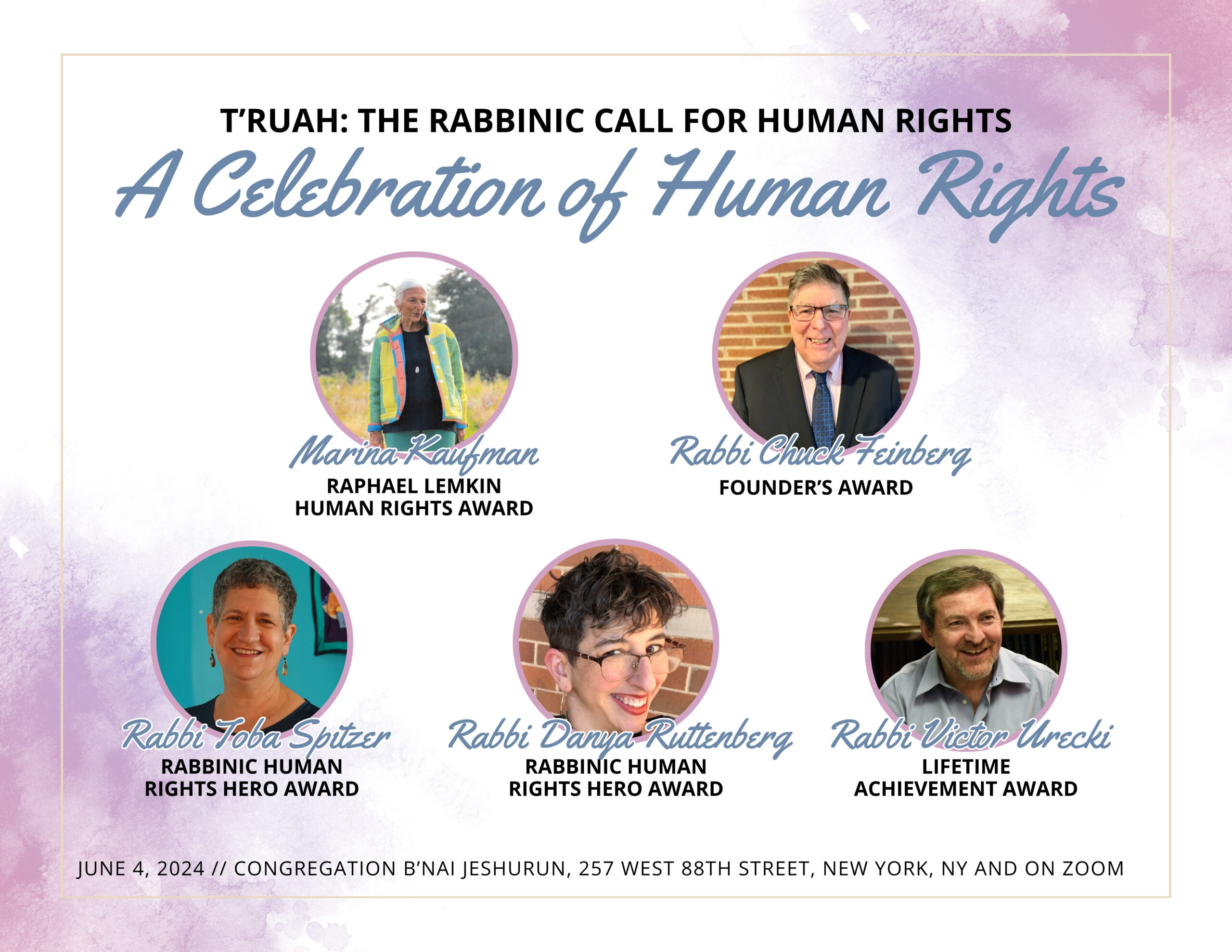On October 5, supporters of immigration reform staged rallies in cities across the United States to advocate for a comprehensive overhaul of a system that routinely disregards basic dignity and respect. After Shabbat services that week, some congregants and I attended the New York-area rally on Cadman Plaza, just steps from our shul. When we arrived, we saw over a thousand people from different organizations holding banners and signs, playing instruments, and representing a myriad of political interest and ethnic groups. Too often, the immigration issue is caricatured by opponents of reform as a largely Latino issue, leading to the possibility of seeing it as a monochromatic issue. And while the October 5 rally certainly attracted many people of Latino descent, there was also a significant presence of people of Asian and African descent, and even a few Jews. This points, I believe, to an aspect of the immigration debate that can sometimes be over looked amidst the struggle to change federal policy and to outmaneuver opponents: many people with incredibly diverse backgrounds are impacted by the flaws in our current immigration system, and their individual stories, family history, and motivations for coming to this country should always play a role in our debates. It is the stories of people who come to this country fleeing violence, seeking a better place to live and support their families, or for greater opportunities that remind us of the need for true immigration reform.
At the end of Parshat Toldot, Jacob has taken his father’s blessing from his older brother, Esau, with a ruse at the urging of his mother, Rebecca. When Esau discovers the blessing has been taken by his sibling, he plots to kill him in revenge. Upon learning this, Rebecca warns Jacob to flee to Haran, to stay with her brother, Laban. She suggests that he stay with him for a few days – yamim achadim – until the fury of his brother subsides (Gen. 27:44). As we well know, these “few days” at first last seven years before extending to twenty – a significant period of time. And although Jacob meets his beloved Rachel and marries not only her but her sister Leah, giving rise to a large family, the stated intention behind Jacob’s migration to Haran was to wait until his brother’s temper abated, that he forget what was done, and that Isaac send for him again. Jacob is thus a refugee, a migrant, with a complex story. Fleeing danger at home for obeying his mother (and seemingly fulfilling a divinely ordained plan), Jacob creates a new life for himself in a new land, bringing his experience and expertise, enriching his extended family, his new land, and himself.
Those who work toward immigration reform understand how the current US system not only obscures the inherent dignity of immigrants but also devalues and disregards their stories in the face of rigid bureaucracy. The story of Jacob’s early immigrant experience – a story that continued throughout his life, until he became the wandering Aramean, the arami oveid avi, that we read about each year at the Passover Seder – reminds us about the immigration narrative at the heart of the earliest layers of the Jewish story. It is one that should inspire us to continue seeking out and hearing the stories of the individual immigrants who yearn for freedom and acceptance in American society.


